
Guide to Restoring Roofs in Singapore
Restoring Roofs in Singapore: A Complete Guide
Restoring roofs in Singapore is a vital process for maintaining the structural integrity and longevity of buildings in the country’s tropical climate. Whether for residential, commercial, or heritage buildings, roof restoration ensures that your property can withstand the heat, humidity, and heavy rainfall typical of Singapore. In this article, we will explore the different aspects of roof restoration, including common issues, the importance of choosing the right contractor, and modern restoration techniques that can prolong the life of your roof.
Understanding Roof Restoration in Singapore
Roof restoration involves repairing, cleaning, and upgrading an existing roof to improve its performance and extend its life. In Singapore, roofs are exposed to extreme weather conditions, including heavy rain and intense heat, which can lead to deterioration over time. A proper roof restoration process involves inspecting the roof for damage, repairing any leaks or cracks, cleaning debris, and applying protective coatings to prevent future issues. This comprehensive approach ensures that roofs in Singapore remain durable and efficient.
Common Roofing Issues in Singapore
In Singapore, roofs are frequently subjected to problems caused by weather and environmental factors. Leaks are one of the most common issues, typically caused by cracked tiles, worn-out waterproofing membranes, or blocked gutters. Another problem is the buildup of moss and algae, which can lead to tile degradation and leaks. Corrosion is also a concern for metal roofs, particularly in industrial buildings. Roof restoration addresses these issues, ensuring that your roof can handle Singapore’s challenging climate conditions.
Importance of Roof Inspections in Singapore
Regular roof inspections are crucial for identifying early signs of damage and avoiding costly repairs down the line. In Singapore, where heavy rains and storms are frequent, conducting inspections at least twice a year is highly recommended. Professional roofing contractors use modern tools like drones and infrared thermography to spot hidden issues such as leaks or structural weaknesses. Inspections help in determining whether minor repairs are sufficient or if a full roof restoration is required to prevent major problems in the future.
Roof Leakage Repair in Singapore
Roof leakage is a common issue in Singapore, particularly during the rainy season. Water ingress can cause significant damage to the interior of the building, including mold growth, electrical problems, and structural deterioration. Repairing roof leaks typically involves sealing cracks, replacing broken tiles, and applying waterproof coatings. Roof leakage repair services in Singapore often include a thorough inspection to identify the root cause of the leak and ensure that all vulnerable areas are treated to prevent future problems.
Choosing the Right Roofing Contractor
Selecting the right roofing contractor is essential for a successful roof restoration project. In Singapore, there are many contractors offering roof repair services, but it’s important to choose one with experience in handling the specific roofing material and structure of your building. Licensed contractors are familiar with local building codes and have the expertise to provide effective solutions for issues like leaks, cracks, and tile restoration. Look for contractors with good reviews, a solid portfolio, and those who offer warranties on their work.
The Role of Waterproofing in Roof Restoration
Waterproofing is a critical part of roof restoration in Singapore. Given the country’s high rainfall, ensuring that your roof is properly waterproofed can prevent leaks and water damage. Modern waterproofing solutions include applying liquid membranes, bituminous coatings, or polyurethane layers. These coatings act as a barrier against water, preventing it from penetrating the roof’s surface and causing damage. Proper waterproofing not only protects the roof but also extends its lifespan, reducing the need for frequent repairs.

The Role of Waterproofing in Roof Restoration
Waterproofing is a critical part of roof restoration in Singapore. Given the country’s high rainfall, ensuring that your roof is properly waterproofed can prevent leaks and water damage. Modern waterproofing solutions include applying liquid membranes, bituminous coatings, or polyurethane layers. These coatings act as a barrier against water, preventing it from penetrating the roof’s surface and causing damage. Proper waterproofing not only protects the roof but also extends its lifespan, reducing the need for frequent repairs.
Restoring Tile Roofs in Singapore
Tile roofs are common in Singapore, particularly on heritage shophouses and residential homes. Over time, these tiles can crack or become displaced due to weathering. Restoring a tile roof involves replacing broken or missing tiles, cleaning the roof to remove moss and algae, and reapplying protective coatings. Additionally, ridge caps may need to be re-pointed to ensure they remain secure. Regular maintenance of tile roofs is crucial for preventing leaks and preserving the roof’s aesthetic and functional integrity.
Metal Roof Restoration in Singapore
Metal roofs are popular in industrial buildings and modern homes due to their durability. However, they are prone to rust and corrosion, particularly in Singapore’s humid environment. Metal roof restoration typically involves cleaning the surface to remove rust, applying anti-corrosion treatments, and sealing any gaps to prevent water ingress. A fresh coat of paint can also be applied to protect the roof and enhance its appearance. Metal roof restoration is an effective way to extend the life of the roof without needing a full replacement.
Flat Roof Restoration Techniques
Flat roofs are commonly found on commercial properties and some residential buildings in Singapore. These roofs are prone to water pooling, which can lead to leaks and structural damage. Restoring a flat roof involves reapplying waterproofing membranes, improving drainage systems, and sealing joints to prevent water from seeping through. Regular inspections and maintenance are essential to prevent flat roofs from developing major issues. Flat roof restoration can also include adding insulation to improve energy efficiency and reduce heat absorption.
Green Roof Restoration in Singapore
Green roofs, which are becoming increasingly popular in Singapore’s urban landscape, offer both aesthetic and environmental benefits. However, they require regular maintenance and restoration to ensure they remain functional. Green roof restoration involves inspecting the waterproof membrane, checking for root penetration, and ensuring proper drainage. Additionally, dead plants and debris must be removed to maintain the health of the vegetation layer. Restoring a green roof not only improves its appearance but also helps in reducing urban heat and providing insulation for the building.
Energy-Efficient Roof Restoration
Roof restoration is not only about repairing damage but also an opportunity to improve the energy efficiency of your building. In Singapore’s hot climate, heat gain through the roof can increase cooling costs. During roof restoration, reflective coatings can be applied to reduce heat absorption. Additionally, insulating materials like rock wool or polyurethane foam can be installed to improve thermal performance. By upgrading your roof’s energy efficiency, you can lower your energy bills and reduce your building’s carbon footprint.
Heritage Building Roof Restoration
Restoring the roofs of heritage buildings in Singapore requires a specialized approach to preserve their historical significance. Many of these buildings have traditional clay tile roofs or complex architectural elements that need careful attention. Roof restoration for heritage properties typically involves matching the original materials as closely as possible while incorporating modern waterproofing and structural support. This ensures that the building’s aesthetic value is preserved, while also improving its resilience against Singapore’s harsh weather conditions.
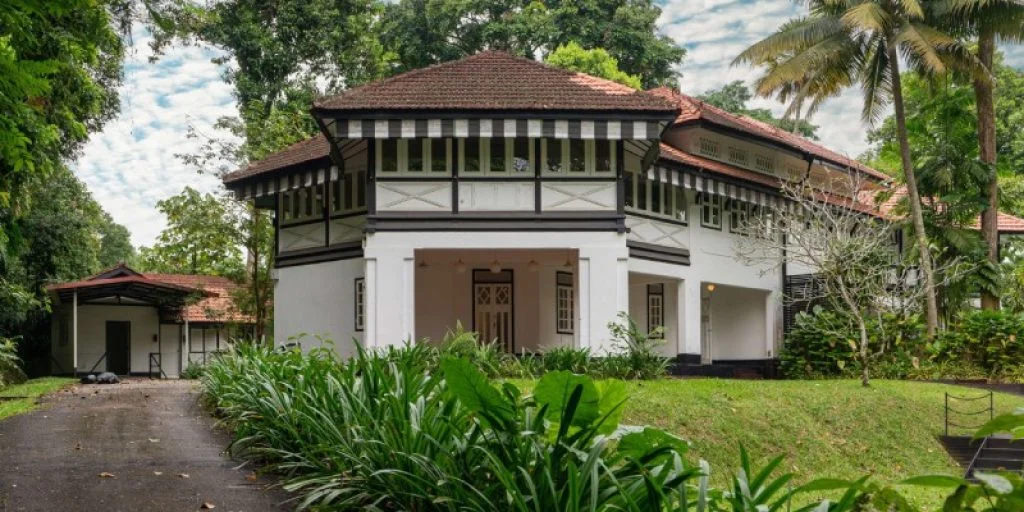
The Cost of Roof Restoration in Singapore
The cost of roof restoration in Singapore varies depending on factors such as the size of the roof, the materials used, and the extent of the damage. Tile roof restoration typically ranges from $20 to $40 per square meter, while metal roof restoration may be slightly higher due to the need for rust treatment. For flat roofs, the application of waterproof membranes and drainage improvements may cost between $25 and $50 per square meter. Investing in regular maintenance and timely roof restoration can save you from more expensive repairs in the future.
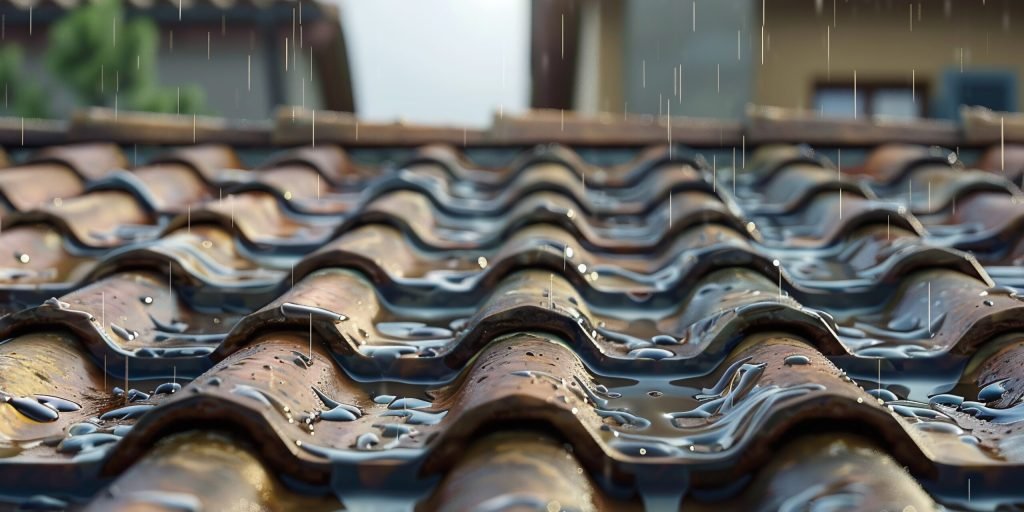
Roof Restoration for Commercial Buildings
Commercial buildings in Singapore, such as shopping malls, office towers, and factories, often have large and complex roof structures. Restoring these roofs requires a professional approach, as the scale and material used may differ significantly from residential roofs. Commercial roof restoration typically involves applying heavy-duty waterproofing membranes, repairing damaged sections, and ensuring proper drainage. Due to the size of these buildings, drone inspections are often used to assess the roof’s condition before restoration work begins.
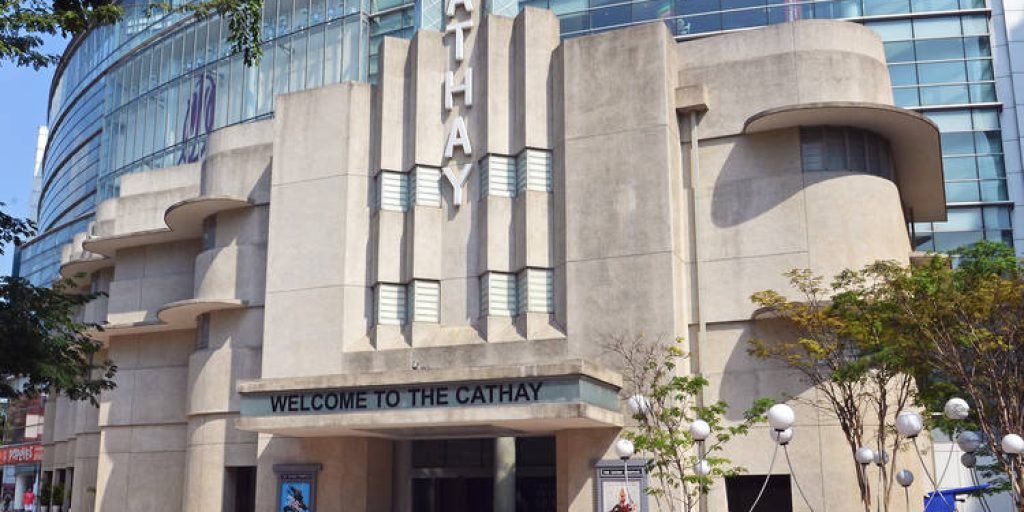
Preventive Roof Maintenance
Preventive roof maintenance is essential for prolonging the life of your roof and avoiding major restoration projects. Regular cleaning, clearing of gutters, and inspecting for signs of damage can prevent small issues from escalating into costly repairs. In Singapore, where the weather can change rapidly, keeping your roof in good condition is critical. Contractors often recommend applying protective coatings every few years to maintain the waterproofing and overall strength of the roof. Preventive maintenance reduces the likelihood of leaks and extends the roof’s lifespan.
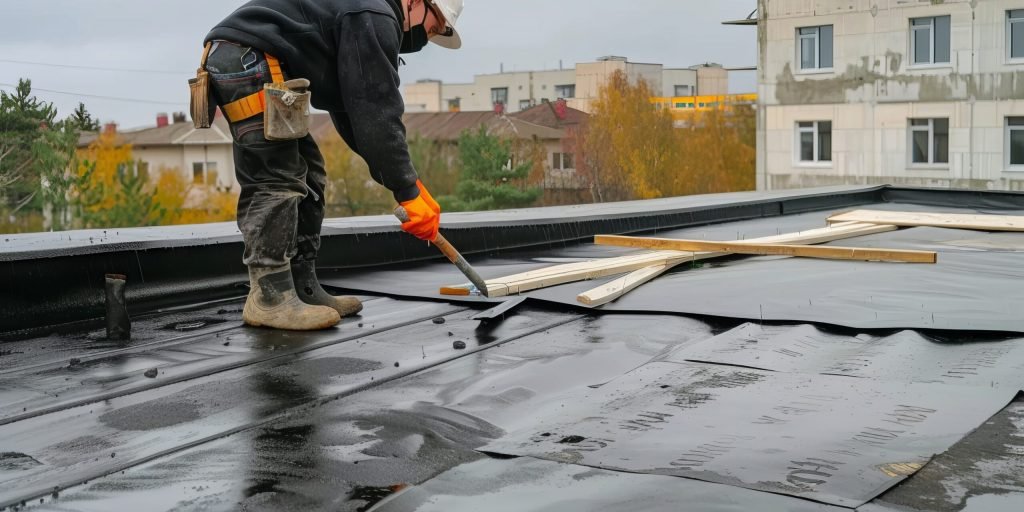
Modern Technology in Roof Restoration
Advancements in technology have revolutionized roof restoration processes in Singapore. Tools like drones and infrared thermography allow contractors to inspect roofs for damage without causing further harm. These technologies provide accurate information on leaks, cracks, and structural weaknesses, helping contractors determine the best course of action for restoration. Additionally, modern waterproofing materials like liquid membranes and polyurethane coatings offer superior protection against water ingress and UV damage.
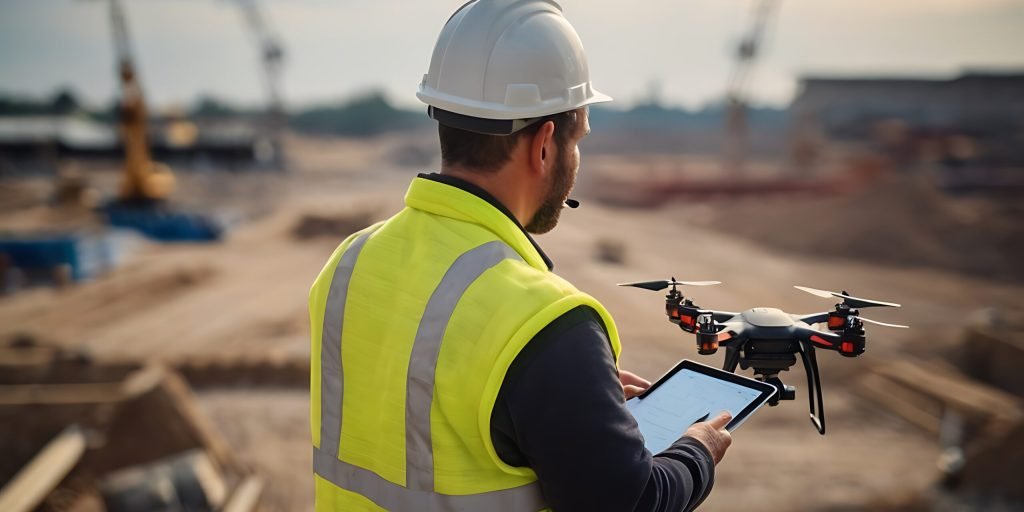
DIY vs. Professional Roof Restoration
While some homeowners in Singapore may be tempted to tackle roof repairs themselves, professional roof restoration is recommended for several reasons. Roof restoration involves more than just fixing leaks; it requires a comprehensive understanding of the roofing material, structure, and waterproofing methods. Licensed contractors have the expertise and tools needed to ensure the roof is restored properly, reducing the risk of future issues. Moreover, professional contractors offer warranties on their work, providing peace of mind that the roof is protected for years to come.
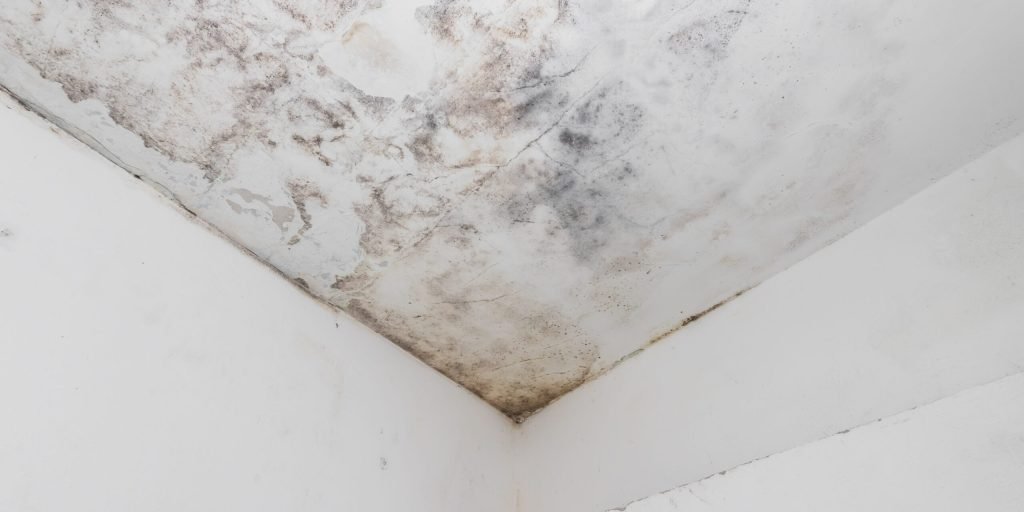
Environmental Benefits of Roof Restoration
Restoring a roof is not only beneficial for the property owner but also for the environment. By repairing and maintaining an existing roof, you reduce the amount of waste generated by a full replacement. Additionally, many modern roof restoration techniques include the use of eco-friendly materials, such as reflective coatings that reduce energy consumption. In Singapore, where sustainability is a growing concern, investing in roof restoration can contribute to reducing your building’s environmental impact.

DIY vs. Professional Roof Restoration
While some homeowners in Singapore may be tempted to tackle roof repairs themselves, professional roof restoration is recommended for several reasons. Roof restoration involves more than just fixing leaks; it requires a comprehensive understanding of the roofing material, structure, and waterproofing methods. Licensed contractors have the expertise and tools needed to ensure the roof is restored properly, reducing the risk of future issues. Moreover, professional contractors offer warranties on their work, providing peace of mind that the roof is protected for years to come.
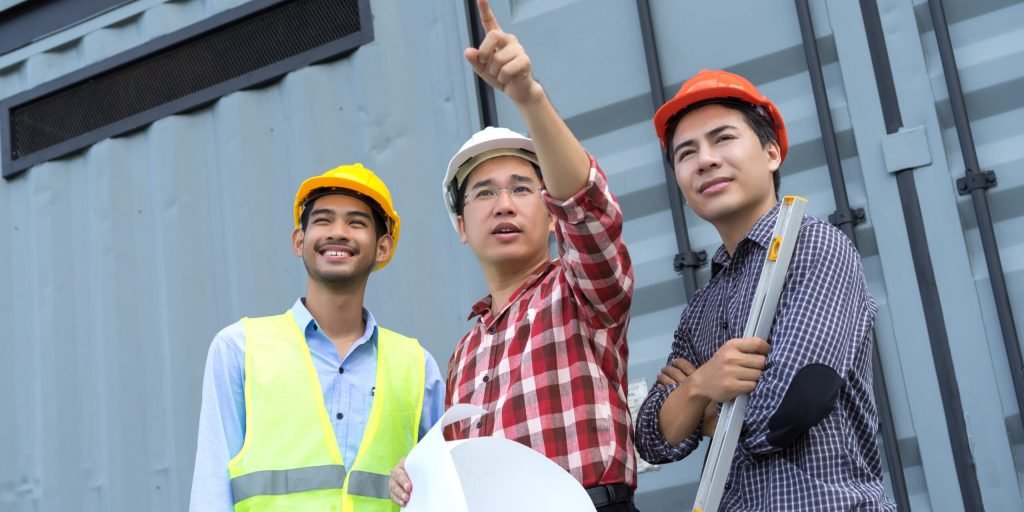
Contact Us Today!
At SingaporeRoofing.com, we pride ourselves on connecting people with the best roofing service providers. delivering top-notch roofing services in Singapore. Reach out for a free consultation and discover why we’re the best choice for your roofing needs.
Stop water damage before it happens, get waterproofed today



All Major Cards Accepted


